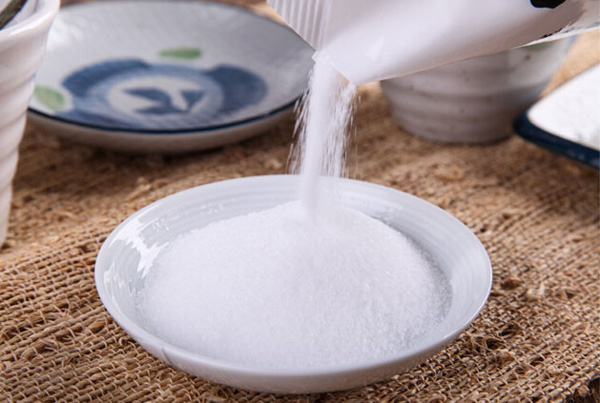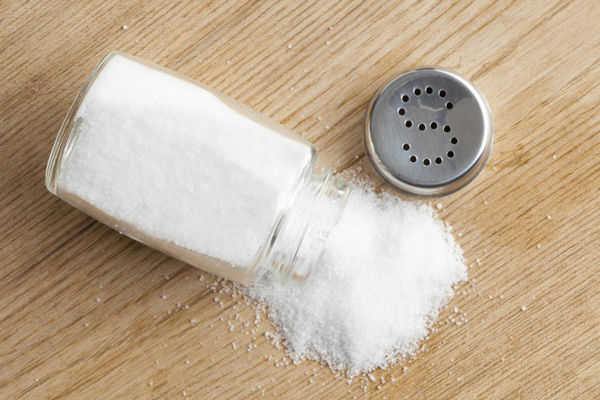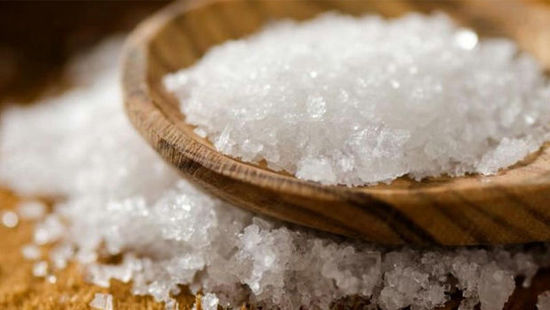What is the difference between potassium iodate and potassium iodide, and what effect does it have on the human body?
Iodine is an essential trace element in human body. It is an important raw material for the synthesis of thyroid hormone. Thyroid hormone affects the production, development and metabolism of the body. Iodine deficiency in infants and young children can lead to mental retardation. Adult iodine deficiency can easily lead to goiter. However, excessive iodine in the body can also lead to high iodine goiter, which can also affect health.
Potassium iodate and potassium iodide are food nutrition enhancers added to the edible salt. At present, potassium iodate is mainly added to salt in China, while in the past it used potassium iodide. The advantage of
potassium iodide is that the amount of iodine is high (76.4%). The disadvantage is that it is easy to oxidize, has poor stability, and has a bitter taste. When used, it is necessary to add a stabilizer to the salt. Potassium iodate has high stability and does not require additional stabilizers. It is tasteless, but the amount of iodine is low (59.3%).
Potassium iodate is more stable than potassium iodide during transportation and storage. After heating and cooking, potassium iodate in the salt has been substantially converted into a non-oxidizing substance. Therefore, we do not have to worry about the oxidative properties of potassium iodate, which may cause damage to the body.
Is eating iodized salt harmful to the body? The iodized salt is a substance containing an iodine element added to a salt mainly composed of sodium chloride. Potassium iodate is common. It is used by people who are chronically deficient in iodine or in areas where they are in an iodine-depleted area. These people need to obtain sufficient iodine from the food for three meals a day, so they need to get it from this artificially added iodine. The Chinese Nutrition Society recommends a daily intake of 150 micrograms of iodine.

The foods with the highest iodine content are seafood, such as kelp, seaweed, fresh octopus, dried squid, dried squid, scallops, mussels, sea cucumber, sea bream, lobster, etc. After adding iodine fortifier to the edible salt, the average level of iodine content (in terms of iodine) in the edible salt product (iodized salt) is 20 mg/kg to 50 mg/kg. If the maximum recommended salt content per person per day is not more than 6 grams, the iodine obtained from the iodized salt is about 120-300 micrograms. From the data, for those who lack iodine-rich food sources, eating iodized salt can effectively prevent iodine deficiency. This is good for the body.
Which of the iodized and non-iodized salts is healthier? In addition to some high-iodine areas in China (water iodine content exceeds 100μg/L), 31 provinces are generally iodine-deficient areas. People do not get enough iodine in their daily diet to meet the physiological needs of the human body. For people with iodine deficiency, the safest and most convenient way to supplement is to consume iodized salt for a long time.

As for which salt is healthier, it depends on the object of consumption and the amount of food consumed. For people who have been iodine-deficient for a long time or in areas with iodine deficiency, it is better to choose iodized salt. For those who live on the beach and can often eat seafood, they will consume more iodine, and there is little risk of iodine deficiency. In order to prevent other thyroid diseases caused by excessive iodine intake, choosing no iodized salt is relatively healthy. In addition, the iodized salt should be placed in a cool, dry place to avoid direct sunlight and moisture absorption, as well as high-temperature effects. How to choose edible salt scientifically? If you already have thyroid disease, you need to consult a doctor. You should listen to the doctor's advice and scientific choice. If the urinary iodine exceeds 800μg/L, it is not recommended taking iodide. It is worth noting that no matter what type of salt is chosen, the amount of salt a person should consume per day should not exceed 6 grams. Hypertensive patients should also reduce the amount. Not more than 3 grams is good, and attention should be paid to controlling the intake of invisible salts in processed foods. Our company has potassium iodide for sale.











